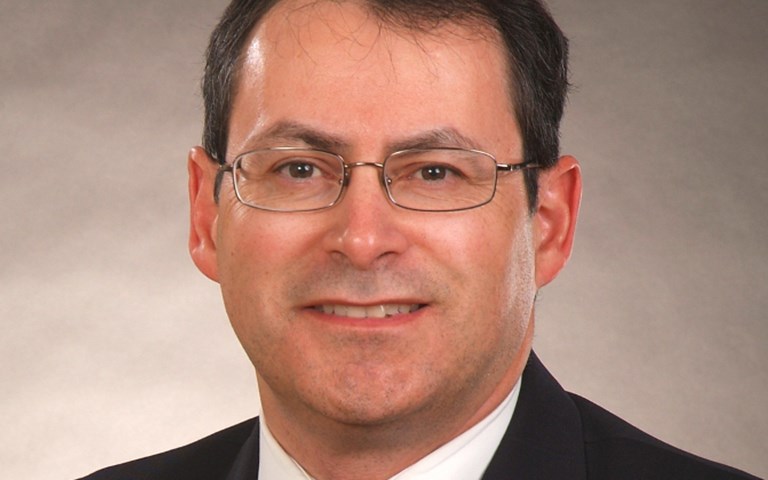Two key parts of a strong safety system are process and culture. Process is the rules, regulations, procedures and all of the other things you need to be compliant. This element of safety is critical and if the right processes are not in place or are not being followed, people get hurt. Stated another way, process is about systems. Luckily, systems are easy.
Culture, on the other hand, is about people, and people are…complicated. Safety culture can be defined as a set of shared attitudes, values, goals and practices that define an organization. While it may be simple to develop the outline, the challenge is to turn those goals and values into shared attitudes and practices.
In mining, the people at the face are the ones exposed to the greatest risks. Senior leadership in any organization is very important in instilling a strong safety culture. As president of Cementation Canada, I see my own role in safety leadership as similar to being a hockey parent. Your employees are like your sons and daughters on a team. You watch them on the ice, you are very proud of their effort and you are thrilled to see them score. Most importantly, though, you want to see them finish the game safe and have fun. You feel proud of their accomplishments, and although you were not out there with them, you like to think you played a small part along the way in establishing values and helping them to play safe and hard.
Many of us as leaders in the mining industry are not on the ice; we are not working at the face. With that in mind it is clear to me that frontline supervisors have the greatest impact on the safety culture of the workplaces that our most at-risk employees work in. This perception was validated during a safety culture survey within our organization. But that does not mean management is off the hook. In that same survey, one miner noted that “whatever safety culture we end up with onsite, senior management is letting it happen.” Safety leadership is about turning those values we all espouse into attitudes and practices at the face.
Related: Vic Pakalnis of MIRARCO says the road to risk mitigation is long, but worth the haul
Traditionally in mine contracting, the focus has been on starting the work as soon as possible, because we want to finish as soon as possible. There is nothing complicated about that. However, starting the work before you are properly prepared to do it safely can have dire consequences. I often give a safety share about the Apollo 1 tragedy where three astronauts lost their lives during a training exercise. The investigation of the incident coined the phrase “go fever,” which refers to a desire to push forward, and take chances when marginal or substandard conditions exist. It was found to be rampant at NASA and was fostered by the macho “go hard or go home” attitude of both the astronauts and management. Within our organization the term “go fever” has become synonymous with being unprepared and is recognized as a fatal risk. It has become part of our culture through both storytelling and the recognition that it is very applicable to what we do.
But recognition that this is an issue in our line of work is not enough. Even though the concept that this is a risk is ingrained in our culture, we cannot properly deal with the risk without processes in place to mitigate that risk. At this year’s CIM Convention in Montreal our general manager of health and safety, Steve Wrixon, gave a presentation on pre-development and pre-sinking audits, the processes we have implemented as a company to deal with “go fever.” Combining a culture of hazard recognition with the process of hazard mitigation is a winning combination when it comes to safety.
Process gives you the tools to work safely while culture fosters in each of us the desire to. We need both focused processes and a strong safety culture to protect our people and make our work places safe.
Roy Slack is the president of Cementation Canada, which was recognized as one of Canada’s Safest Employers of 2016 at last year’s Canadian Occupational Safety Awards gala, hosted by Canadian Occupational Safety and Thompson Reuters. Roy is also CIM Incoming President-Elect.
Got an opinion on one of our columns? Send your comments to editor@cim.org.




